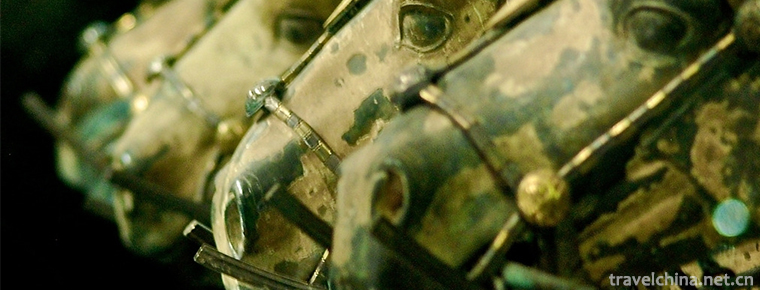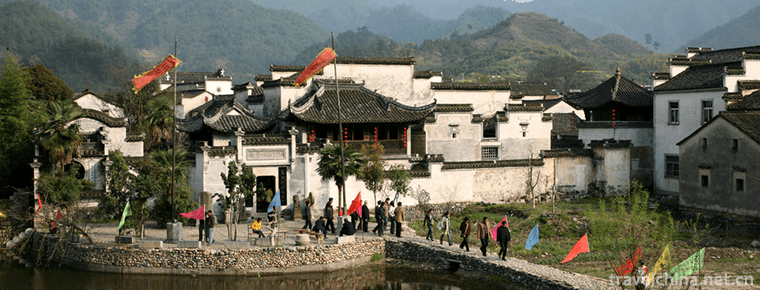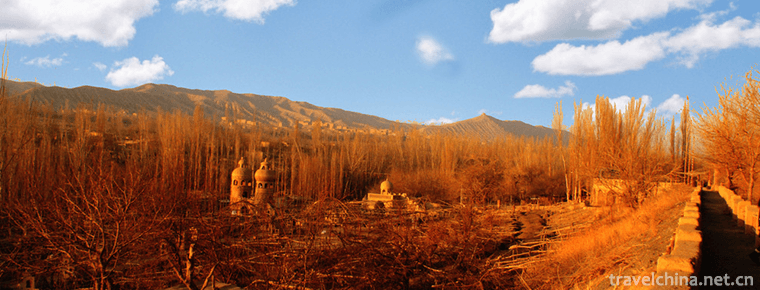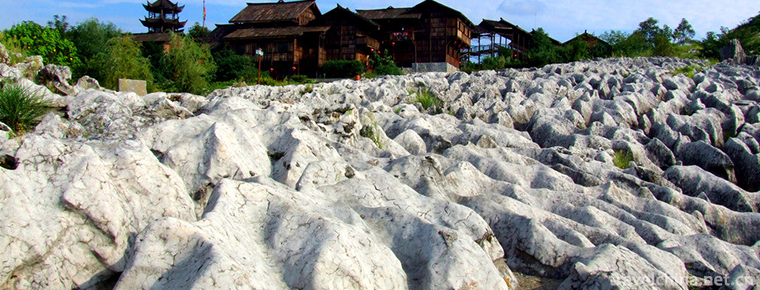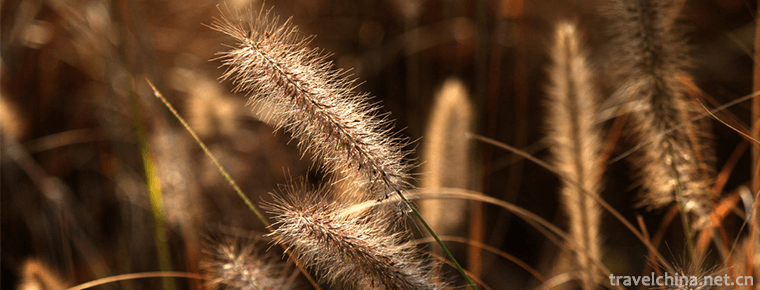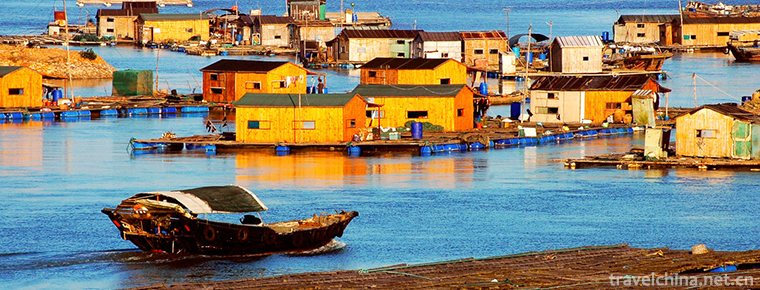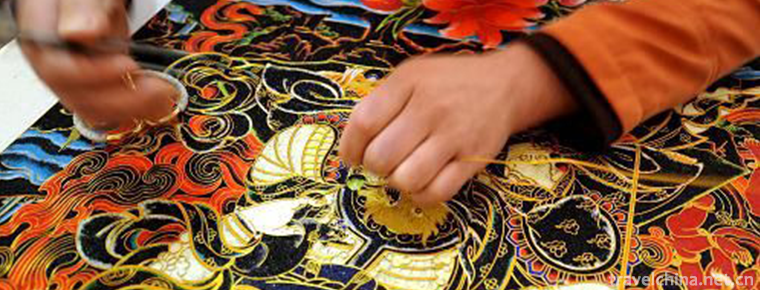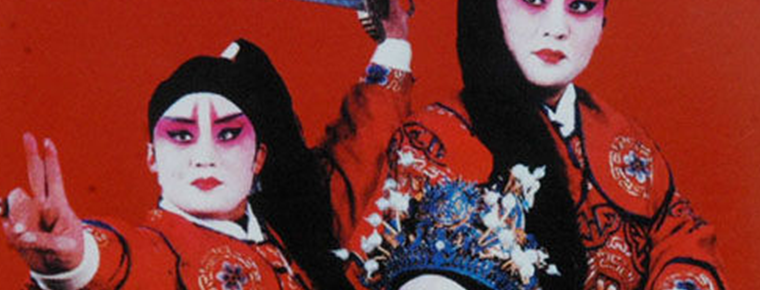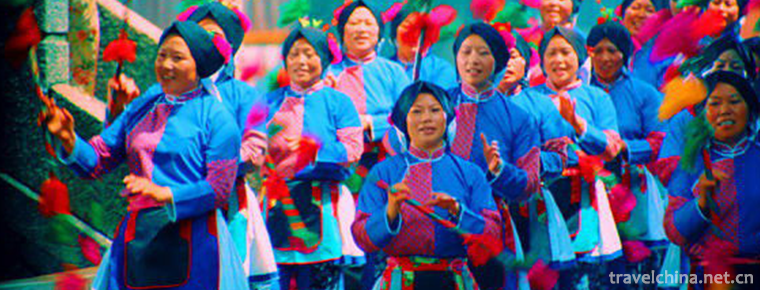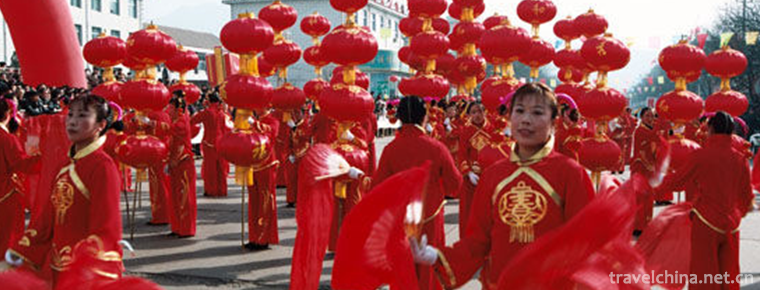Babao Green Crab Rice
Babao Green Crab Rice
Two crabs, 700g, 165G glutinous rice, 45g ham, 20g open onion, 45g white fruit, 75g peanut, dried mushroom, dried asparagus, onion, ginger slices, yellow wine, salt and clear soup (300g)
Essential information
Babao Green Crab Rice
Fujian cuisine
Taste characteristics This dish is yellow and white, suitable for summer. (Fujian cuisine)
Making raw materials
Two crabs were 700 grams, 165 grams of glutinous rice, 45 grams of ham, 20 grams of open onion, 45 grams of white fruit, 75 grams of peanuts, mushroom, asparagus, onion, ginger slices, yellow wine, salt and clear soup (300 grams).
Making process
1. Clean up the glutinous rice and steamed it with appropriate amount of water. White fruits and peanuts are shelled and peeled, and steamed together.
2. Mix glutinous rice, white fruit, peanuts, mushroom cubes, bamboo shoots, ham cubes, kaiyang, lard (about 45 grams), salt and wine in a bowl.
3. Shell the crab, remove its calves, each piece into 6 pieces, cover it with glutinous rice, add onion, ginger, cover it with shell, then steamed the crab meat in a cage, remove onion, ginger, pour hot soup.
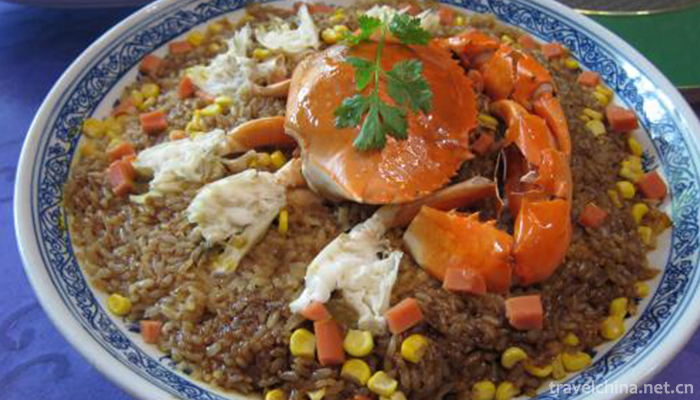
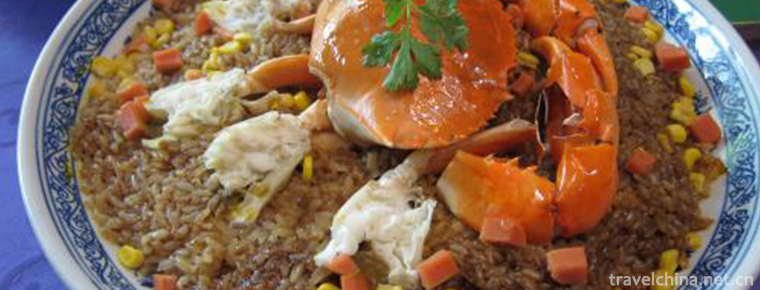
Babao Green Crab Rice
-
Terracotta Army
Terracotta Warriors and Horses, terracotta warriors and horses of Qin Shihuang, also referred to as terracotta warriors and horses or terracotta warriors and horses of Qin Dynasty
Views: 210 Time 2018-11-11 -
Jixi Longchuan Scenic Area
Jixi Longchuan Scenic Area in Xuancheng City, Anhui Province, is a national AAAAA-level Tourism Scenic Area officially approved by the State Tourism Administration
Views: 166 Time 2018-12-08 -
Putaogou Scenic Area Turpan City
The Putaogou Scenic Area in Turpan City is located in the Flame Mountain, 11 kilometers northeast of Turpan City, Xinjiang. It is about 8 kilometers long in the South and 2 kilometers wide in the East
Views: 183 Time 2018-12-12 -
Xingwen sea
Xingwenshihai is located in Xingwen County, Yibin City, Sichuan Province. It is located in the transition zone between Sichuan Basin and Yunnan-Guizhou Plateau. Its total area is about 156 square kilo
Views: 266 Time 2018-12-24 -
Tongzhou Forest Park of Grand Canal
Tongzhou Forest Park of the Grand Canal is located on both sides of the North Canal of Tongzhou New Town, Beijing. It starts from Luyang Bridge on the Sixth Ring Road in the north and Wuyao Bridge in
Views: 108 Time 2019-01-07 -
Jiangshan Peninsula Tourist Resort
Jiangshan Peninsula Tourist Resort is a provincial tourism resort development zone approved by the People's Government of Guangxi Zhuang Autonomous Region in 1994.
Views: 184 Time 2019-01-21 -
Weaving Techniques of Tibetan Bangdan and Kapa
The woolen apron commonly used by Tibetan people is called "Bangdian" in Tibetan, which has the functions of decoration and cold resistance. Jiedexiu Town, Gongga County, Shannan District, T
Views: 179 Time 2019-04-05 -
Big flat tone
Da Ping Diao (also known as Ping Diao, Da You Bang and Da Bang Opera), one of the local traditional operas in Henan and Shandong Province, is one of the national intangible cultural heritage.
Views: 245 Time 2019-04-23 -
Womens clothing in Yongzhishui Townshi Suzhou
The women's clothing in Yongzhishui Township, Suzhou, is an outstanding representative of the Han nationality's clothing. It is a typical and representative clothing of the working people in Wu area.
Views: 299 Time 2019-06-17 -
Zuoquan Xiaohua Opera
Zuoquan Xiaohua Opera is a kind of Han folk song and dance drama which originated in Zuoquan County of Shanxi Province and spread in Yushe and Heshun areas near Zuoquan County. Its style is: one step
Views: 257 Time 2019-08-16 -
Ganzi Zanba
"Zanba" is the Tibetan transliteration of fried noodles. It is a staple food that Tibetan people must eat every day. If you are a guest of Tibetan compatriots' homes, the host will bring you fragrant milk tea and highland barley fried noodles, golden butter and milk yellow "Qula" (casein) and sugar stacked on the table.
Views: 98 Time 2020-12-06 -
Technical requirements of Chinese embroidery
The technical requirements of embroidery are: smooth, even, flat, even and clean. Smooth refers to straight straight straight line and smooth curve; neat refers to neat pointer trace and no uneven edge; flat refers to accurate gesture, plain
Views: 333 Time 2020-12-12
